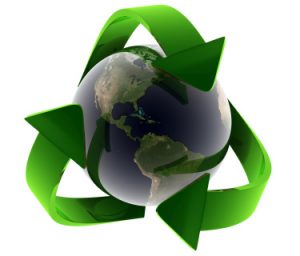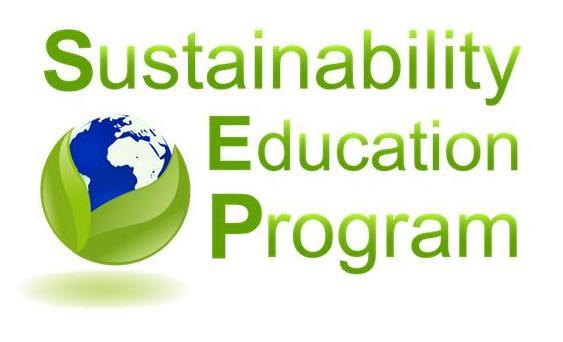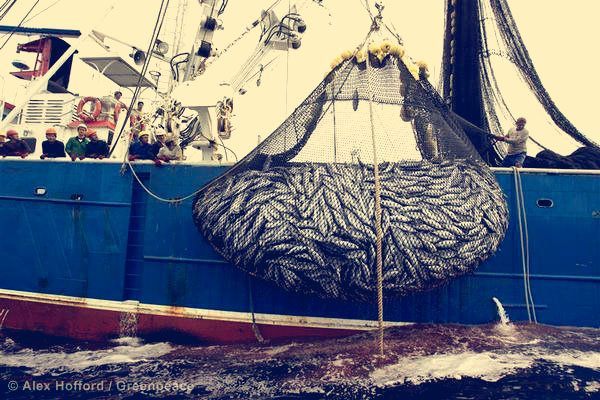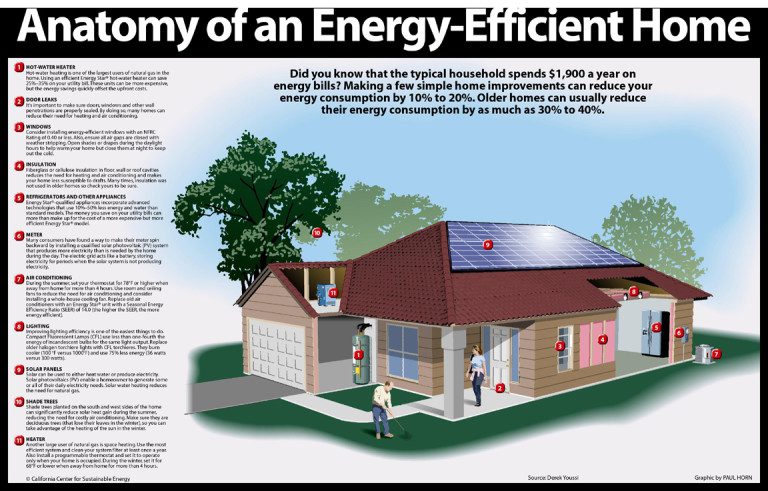By Tony Pereira, UCLA ME PhD
To see a world in a grain of sand and heaven in a wild flower. Hold infinity in the palms of your hand and eternity in an hour.
—William Blake
If a grain of sand was all that was needed, our species would likely be sustainable forever. However, we humans require quite a bit more from almost everything around us to carry on this extravagant journey we call life: from the air we breathe and the water we drink, to the plants and animals we consume for food, to the natural resources we use for building shelter and infrastructure for modern living—electricity, water, sewer, waste, roads and bridges—to the products we rely on to support our modern lifestyle—cars, planes, plastics, computers, cell phones—all in astounding varieties and amounts. At current rates of extraction and consumption of resources, we will destroy the planet’s ability to sustain human life; we are already 150 percent above what the Earth is able to provide and regenerate in real time for our needs.1
However, just a small percentage, about 10 percent, of the world’s human population, or about three-quarters of one billion people, live in the industrialized and affluent countries, and they use the vast majority of the world’s resources, about 70 to 80 percent. Do the math, and the result is that about 90 percent of the world’s population, more than six billion people, are left with the remainder—20 to 30 percent of the Earth’s available resources. Clearly, the problem cannot be reduced to a simplistic overpopulation debate; instead it requires a much more mature realization that about one-tenth of the world’s population is responsible for the inordinate overuse of a very significant amount of the Earth’s resources. The overwhelming majority of the population are left with whatever crumbs fall off the table, living in hunger and poverty, with no access to education, health care, clean water, and hygiene facilities. They subsist on the equivalent of a mere $1 or $2 a day.

Those who can make you believe absurdities, can make you commit atrocities.
—Voltaire
As a species, we must become ecologically sustainable for our own good, that is, we must strike a balance to achieve harmony and balance our needs with our use of natural resources from the world around us. The Earth supports and maintains all life; its water, light, air, and soil sustain us. The atrocities begin the moment we are made to believe otherwise, in the absurdity of climate denial or of unlimited resources and infinite abundance, unleashing the unstoppable digging, cutting, damming, polluting, slash and burning of the planet for the sake of profit.
In short, we urgently need a new education paradigm that prepares new generations of citizens about why and how to become eco-sustainable—or achieve harmony and balance with the ecosystem—so we can get off the ramp that has led the world down the road to uncontrolled greed, arrogance, and the sociopathic compulsion to seek profit and accumulate wealth for its own sake, a road that has led to dysfunctional wars and unspeakable corruption. We need a real revolution in education.
It all starts innocently enough—with a dream. Own a car and a home, have plenty of food, goods, and money, make a trip or two around the world and take the family to see some of the wonders of nature and the achievements of civilization—in all, a good life and the average dream of the American lifestyle. Yet, if everyone on the planet, currently about 7.4 billion, were able to have the modernized western lifestyle, the amount of energy, water, food, and materials—everything needed to supply that standard of living—would require not one or two planets, but seven or eight Earths with the same abundant amounts of natural resources and food sources as this one. As the numbers indicate, it is very simplistic to blame these shortcomings on overpopulation without seriously considering that just one billion people, consuming at a rate that supports the current American lifestyle, are more than enough to use up, pollute, warm, and destroy this planet, without even accounting for the other more than 6 billion who do some damage, but comparatively much less overall.
So, we burn a little oil to fuel our cars and planes, but that adds up to a lot of oil, about 100 million barrels every single day, and up in the air in smoke and CO2 they go. At any point along this road, the laws of the universe take over, not laws of our making mind you, but immutable, unchangeable laws of conservation of mass, energy, and entropy that do not allow us humans to create or destroy anything. We can convert mass into energy, energy into mass, and concoct a million different ways of doing it, but we cannot literally create or destroy anything, be it mass or energy.
The oil is not destroyed when burned inside our internal combustion engines, or when used for any other purpose. It is, rather, transformed, converted into other entropic forms of mass and energy, heat, CO2, and other elements. And the rest is history. A little CO2 emitted into the atmosphere causes a lot of warming everywhere. Is this news? Not at all. What may be news to many is that the science has been known since the early 1800s, starting with Fourier, then Arrhenius and others, right up to the present day. A small amount of global warming causes inevitable and astoundingly large changes in heat, mass, and energy transport in the entire planetary system, and climate change gets rooted: Arctic and Antarctic ice melting, glaciers receding, plant and animal species unable to adapt to the sudden changes and going extinct. Then CO2 dissolves in the oceans and lowers the pH, turning sea water from slightly alkaline to acidic, to a point that it starts to dissolve the shells of small sea creatures that produce, among other things, sugars, proteins, and 40 to 50 percent of the oxygen that we are breathing at this very moment—you and I and everyone else. And that’s when we get into trouble.
The global challenges we face—global warming, climate change, rampant species extinction and loss of biodiversity, ocean acidification, water scarcity and drought, soil and resource depletion, pollution, among many others—are the direct consequences of the interaction in nature of these natural laws over which we have no power or control whatsoever once Pandora’s box has been opened wide. Want it or not, like it or not, natural laws are always there as independent actors; we cannot tell them to stop, go home and do nothing, leading to the inevitable consequences. In scientific terms, it is just simply not possible to put the entropy back in the box.
The astounding levels of resource consumption have not gone completely unnoticed by the world community. In 1990, the renowned world scientist and educator Carl Sagan issued a dramatic pleading appeal listing numerous threats, among them the devastating changes in the global environment, depletion of the protective ozone layer, global warming unprecedented in the last 150 millennia, obliteration of an acre of forest every second, rapid-fire extinction of species, and the prospect of a global nuclear war that would put at risk most of the population of the Earth. The statement was signed by 32 Nobel Prize-winning and other scientists and was addressed to the religious leaders present at the Global Forum of Spiritual and Parliamentary Leaders on Human Survival in Moscow.2
A few years later in 1992, led by the Union of Concerned Scientists, a letter, “Warning to Humanity,” was signed by about 1,700 of the top world scientists and engineers from 69 countries, including 104 of the then 169 living Nobel Prize winners.3 In it, they warned that humanity is on a collision course with nature, and that only a very small window of opportunity exists to make significant course corrections in the path that humanity is taking to maintain the planet’s human habitability. It is nothing short of astounding to come face to face with such dire predictions and grave admonitions in one’s own lifetime. So why have we allowed our environment to run amok? More recently in 2015, temporal heavyweight Pope Francis issued the papal encyclical Laudato Si in which he notes that the violence and hatred present in the hearts of men ends up as sickness in the soil, water, air, and in all forms of life, including our very own.4
Some of the greatest milestones in science have been sustainability related, from the discovery of the laws of conservation of mass and energy, to the work of Lavoisier and Joule, entropy, the human appropriation of photosynthesis and Vitousek’s work,5 the development of the ecological footprint by Rees and Wackernagel,6 and the science of climate change. The unalienable characteristic of our humanity and existence here on Earth is that nature makes us. We do not make nature. Our bodies are built of and assembled with the air, light, soil, and water that surround us, in a process that is as magical as it is awesomely complex. Air, water, soil, and light make us. We do not make them. Never did, never will. We owe them due respect. The absurdity of believing otherwise leads to the atrocity of obliterating our very own mother.
Solutions to eco-sustainability do exist, and we know them both in the practical, engineering sense and in the socioeconomic-political context. We have all the science and technology needed to develop, design, and build eco-sustainable systems.7 A well-planned and well-thought-out system of economic incentives that rewards significant and verifiable increases in eco-sustainability while curbing excessive consumption can be devised, implemented, and deployed everywhere.8 To do so, education on eco-sustainability must be initiated in all schools, public and private, and in all grades, from kindergarten to PhD. As in most cases, however, the understanding of the issues involved and the reasons to follow eco-sustainable practices are rarely available in a formal education setting, with a planned course of studies.
Eco-sustainability education at present comes only by patient search, dogged persistence, and by putting together the puzzle of eco-sustainability with much additional individual instruction and learning. I see it often with my students as they converge in my office with questions of where and how they can study and obtain a bachelor’s or advanced degree in eco-sustainability engineering or science, and learn more about the issues that I often point out in class pertaining to those areas. They want to know more about not just the why but the how—how can our society be completely re-designed and re-engineered in all aspects to become eco-sustainable: in transportation, housing, and buildings, in infrastructure, food and agriculture, sewer and waste, energy, water collection and recycling, in parallel with the laws, politics, medicine, economics, arts, science and education, and governance needed to support this transition.
In schools and universities, the design and introduction of new curricula works best and more effectively when approached at the faculty level and includes faculty peer review. Chancellors, provosts, administrators, and other top-level decision makers feel comfortable when initiatives to modify the curricula and introduce new courses of study, new degrees, or new credentials originate and are proposed from within the faculty body. Therefore, every opportunity should be explored and taken advantage of to form faculty eco-sustainability committees with the aim of creating new eco-sustainable degrees and credentials, to actively submit proposals to the administration and the university senate body. At the state and federal levels, education committees should be created to articulate eco-sustainable education in the states and across the nation. There is nothing to prevent us, other than our own inhibitions and fears, to develop and put to work an eco-sustainable educational plan followed by a socioeconomic-political plan to save whatever is salvageable from our ecosystems and planet.






